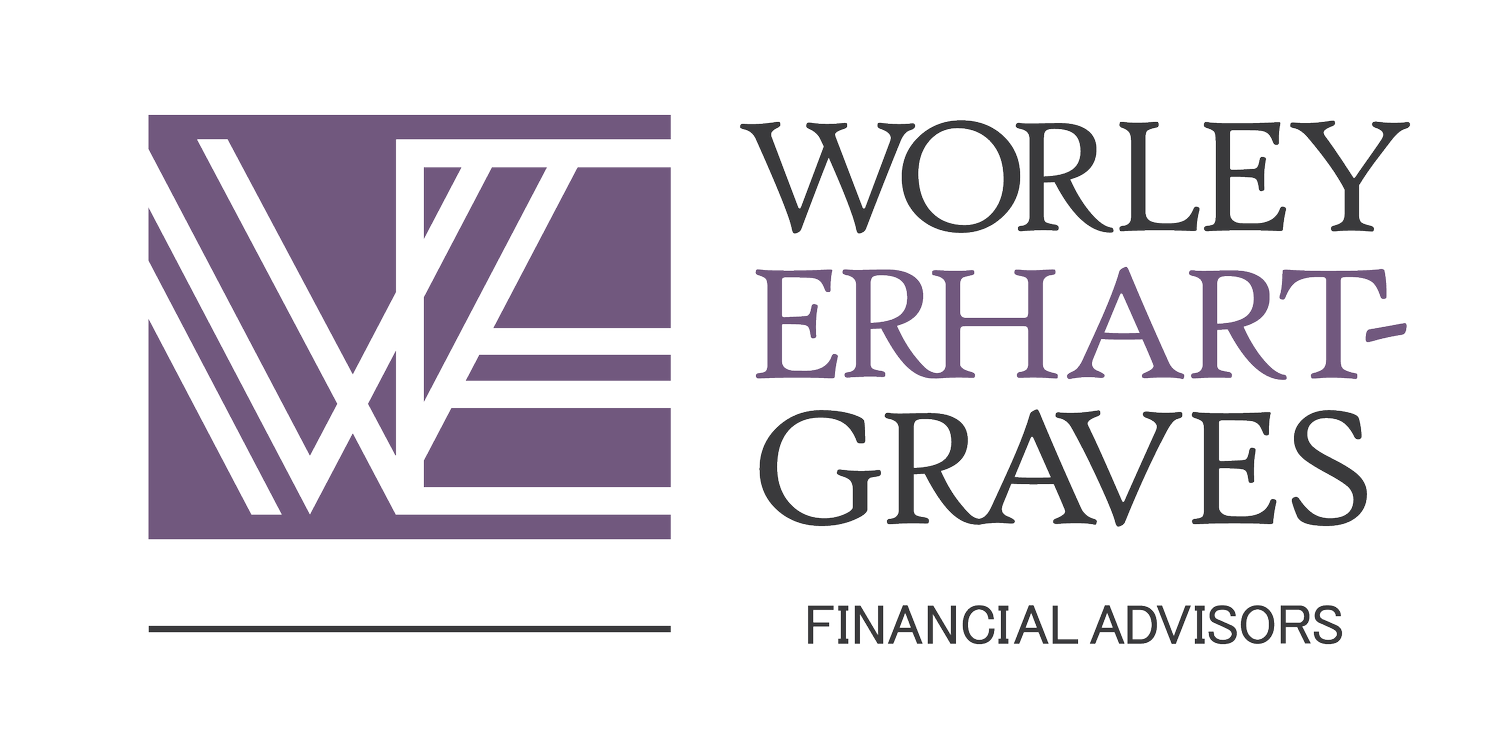Account Types: Roth IRA (Part 1 of a 5 Part Series)
/In a 2021 survey released by The National Association of Personal Financial Advisors, 34% of Millennials and Generation Z Americans say that a lack of financial guidance is inhibiting to their ability to prepare for retirement. In the same survey, 39% of Americans under 65 said they receive their financial advice online or from social media. Our goal as a company is to educate individuals about investing so they feel more confident about their financial future. In this series, I will break down the various types of investment accounts so you can make an informed decision about where to save and invest. This week is all about the Roth IRA, a type of retirement savings account.
A Roth IRA account is a place to invest for tax-free growth and future tax-free income. You must have earned income (i.e., wages) to contribute to a Roth IRA account. There are limits to how much you can deposit in these accounts each year ($6,000 for 2022; +$1,000 for age 50+ catch-up contributions). You can contribute up to 100% of your gross earnings, or up to the annual contribution limit each year, whichever is less. In addition, there are limits on the amount of income you make to qualify to make a deposit directly into this account type. Contributions to a Roth IRA do not provide a deduction to reduce your taxable income. Instead, the investments inside them grow tax-deferred, and qualified distributions are taken out tax-free later in life. Essentially, you give up the current tax deduction for future tax benefits. Some retirement accounts have required withdrawals after a certain age. However, there are no required withdrawals from a Roth IRA.







